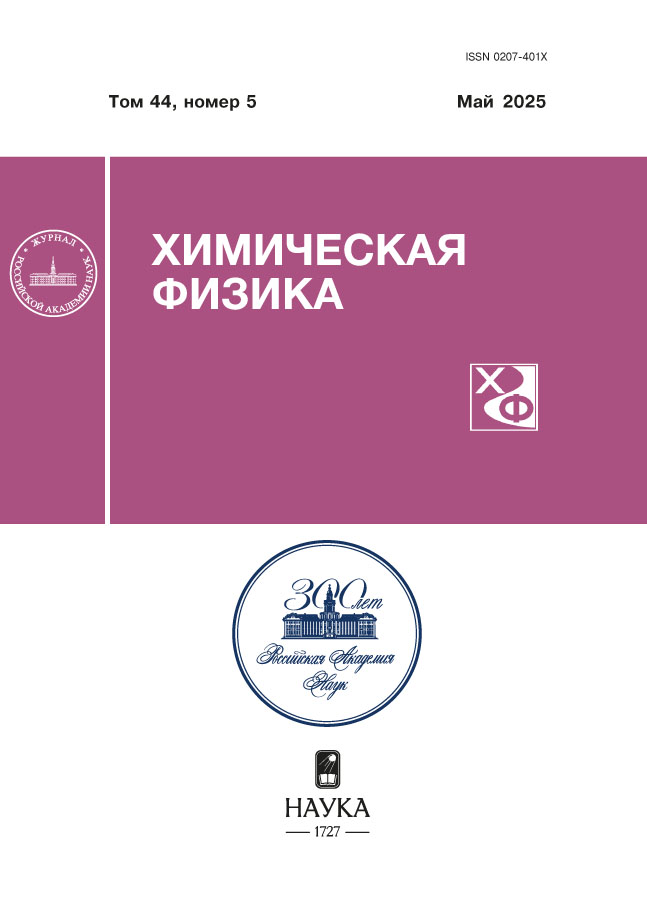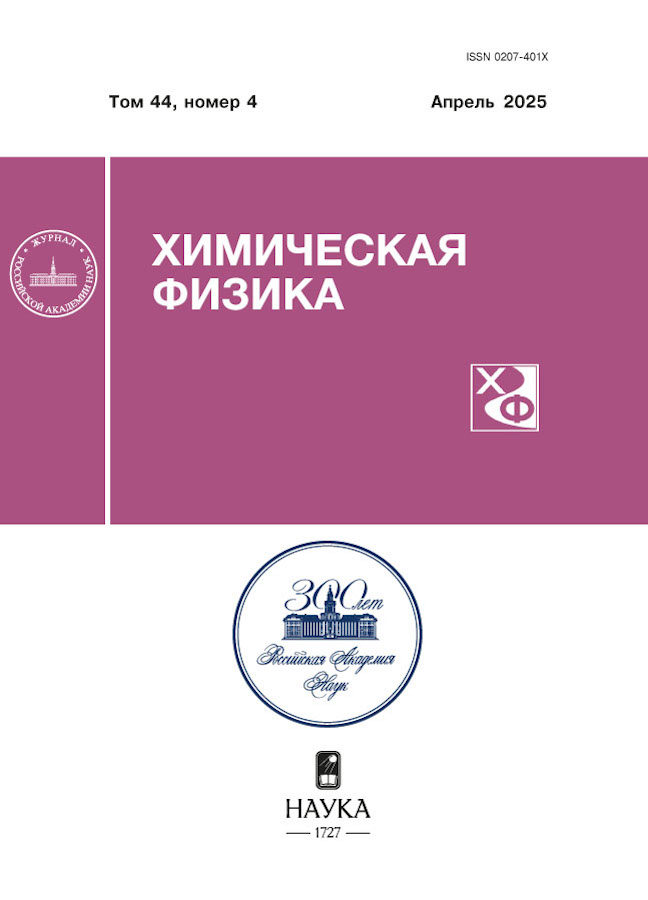On gas-dynamic similarity of high-pressure hydrogen release into air
- Authors: Kiverin A.D.1,2, Smygalina A.E.1
-
Affiliations:
- Joint institute for high temperatures of the Russian Academy of Sciences
- Kutateladze Institute of Thermophysics, Siberian Branch of the Russian Academy of Sciences
- Issue: Vol 44, No 4 (2025)
- Pages: 63-68
- Section: Combustion, explosion and shock waves
- URL: https://ta-journal.ru/0207-401X/article/view/682727
- DOI: https://doi.org/10.31857/S0207401X25040071
- ID: 682727
Cite item
Abstract
The paper discusses the issues of gas-dynamic similarity in the problem of high-pressure hydrogen release into air and the possibility of laboratory modeling of the process by reducing the initial pressure at a fixed ratio of hydrogen and air pressures. The fundamental factor in the considered problem is the probability of hydrogen spontaneous ignition, which significantly limits the applicability of gas-dynamic similarity in modeling the considered process. It is shown, however, that for large values of the hydrogen and air pressure ratio (from 200 to 700 and higher) in view of the small values of the hydrogen ignition delay time, one can speak about the gas-dynamic similarity in a wide range of initial pressures. This should allow laboratory modeling the process of high-pressure hydrogen release with subsequent spontaneous ignition in atmospheric air at reduced pressure.
Full Text
About the authors
A. D. Kiverin
Joint institute for high temperatures of the Russian Academy of Sciences; Kutateladze Institute of Thermophysics, Siberian Branch of the Russian Academy of Sciences
Author for correspondence.
Email: alexeykiverin@ihed.ras.ru
Russian Federation, Moscow; Novosibirsk
A. E. Smygalina
Joint institute for high temperatures of the Russian Academy of Sciences
Email: alexeykiverin@ihed.ras.ru
Russian Federation, Moscow
References
- L. Yu, X. Yang, Z. Zhang et al. J. Energy Storage. 65, 107342 (2023)
- Morandé, L. Patricio, B. Elodie et al. J. Energy Storage. 64, 107193 (2023).
- J. Zheng, X. Liu, P. Xu, et al. Int. J. Hydrogen Energy. 37 (1), 1048 (2012).
- P. Wolanski, S. Wojcicki. 14th Sympos. (Int.) on Combustion. Pittsburgh: The Combust. Inst. 1, 1217 (1973).
- V.V. Golub, D.I. Baklanov, T.V. Bazhenova et al. J. Loss Prev. Process Ind. 20 (4–6), 439 (2007).
- V.N. Mironov, O.G. Penyazkov, D.G. Ignatenko. Int. J. Hydrogen Energy. 40 (16), 5749 (2015).
- Y.R. Kim, H.J. Lee, S. Kim et al. Proc. Combust. Inst. 34, 2057 (2013).
- Y. Li, Y. Jiang, X. Pan, et al. Fuel. 303, 121294 (2021).
- A.E. Smygalina, A.D. Kiverin. Russ. J. Phys. Chem. B. 17 (4), 907 (2023).
- S. Golovastov, V. Bocharnikov. Int. J. Hydrogen Energy. 37 (14), 10956 (2012).
- A.E. Smygalina, A.D. Kiverin. J. Energy Storage. 73, 108911 (2023).
- A.E. Smygalina, A.D. Kiverin. Russ. J. Phys. Chem. B. 15, 672 (2021).
- C. Kuang, S. Nie, Y. Lin et al. Fire. 7 (7), 216(2024).
- M. O’Conaire, H.J. Curran, J.M. Simmie et al. Int. J. Chem. Kinet. 36 (11), 603 (2004).
- P. Krivosheyev, Yu. Kisel, A. Skilandz et al. Int. J. Hydrogen Energy. 66, 81 (2024).
- A.M. Tereza, G.L. Agafonov, E.K. Anderzhanov et al. Russ. J. Phys. Chem. B. 17(2), 425 (2023).
- A.M. Tereza, G.L. Agafonov, E.K. Anderzhanov et al. Combustion and Explosion (Gorenie I Vzryv (Moskva)). 14 (4), 4 (2021).
- Kiverin, A. Yarkov, I. Yakovenko. Computation. 12 (5), 103 (2024).
Supplementary files














